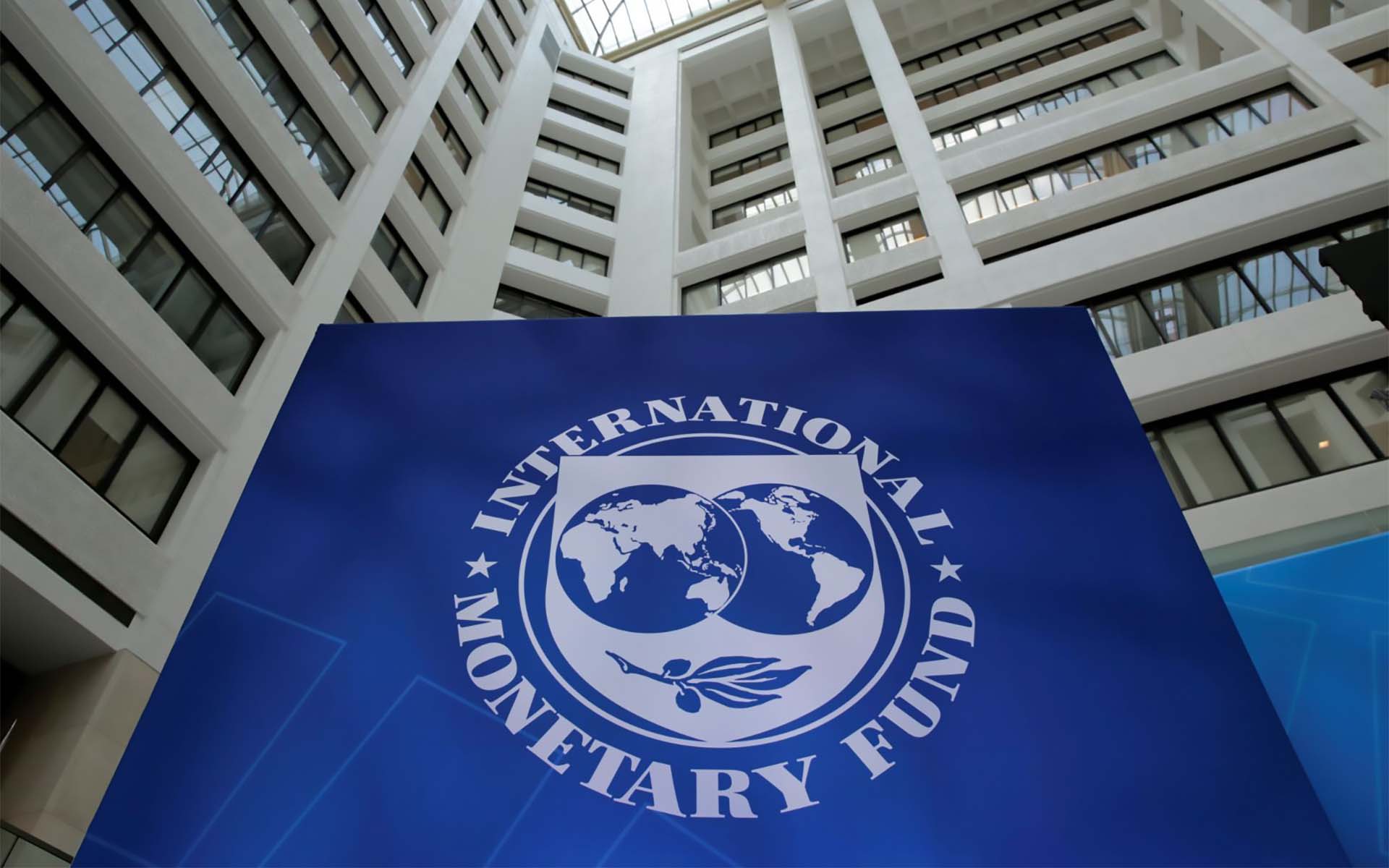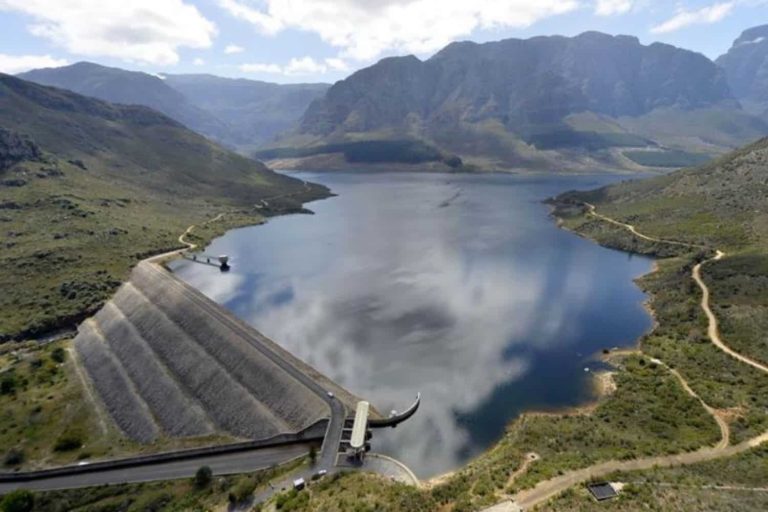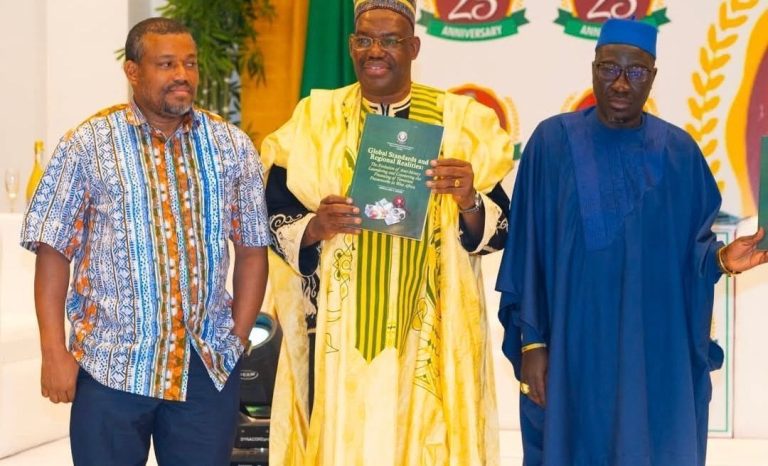
Possible shift toward a ‘crawling peg’ label comes as the RBI faces scrutiny over currency intervention practices…
The International Monetary Fund (IMF) is preparing to revise how it categorizes India’s exchange-rate regime, according to people familiar with the discussions, marking a significant shift two years after the institution clashed with India’s central bank over alleged heavy-handed intervention in the currency market.
Sources say the updated classification is expected to reference elements of a crawling peg, a system in which a currency’s value is adjusted gradually to account for inflation differentials with major trading partners. The individuals requested anonymity because the matter remains private.
The review comes at a time of sharp swings in the Indian rupee, which hit a record low on Friday after the Reserve Bank of India (RBI) unexpectedly eased its defense of the currency. The rupee rebounded on Monday as the central bank reentered the market with support measures.
Indian officials have frequently challenged IMF assessments.
RBI Deputy Governor Poonam Gupta recently argued that allowing excessive volatility is not suitable for an economy of India’s size.
An IMF spokesperson, responding to a Bloomberg inquiry, said the Fund applies a “uniform methodology” when defining member states’ de facto exchange-rate regimes. “An update to India’s classification will be made available with publication of India’s 2025 Article IV staff report on Wednesday,” the spokesperson said.
The RBI declined to comment.
Rupee Under Pressure
The rupee has fallen about 4% against the U.S. dollar so far this year, its steepest decline among major Asian currencies, pressured by harsh U.S. tariffs on Indian exports and rising market uncertainty. It has also been more volatile than during the final phase of former governor Shaktikanta Das’s tenure.
Under current Governor Sanjay Malhotra, who assumed office in December, the RBI has permitted more “two-way flexibility” in the exchange rate, according to Thomas Helbling, deputy director of the IMF’s Asia Pacific Department. That flexibility has not precluded significant market intervention: the central bank has sold large amounts of dollars this year, sharply lifting the rupee on several occasions.
India’s foreign-exchange reserves remain among the world’s largest, approaching $700 billion.
A Shift in IMF’s View
In its 2023 Article IV report, the IMF downgraded India’s currency regime from “floating” to a “stabilised arrangement,” citing what it viewed as excessive intervention. The designation was maintained again last year, even as the rupee showed moderate depreciation after November 2024.
During Das’s governorship, the RBI drew heavily on its reserves to keep currency swings in check, making the rupee one of Asia’s most stable units. The central bank maintains that its interventions are aimed solely at curbing undue volatility.
With the IMF’s new classification expected this week, global investors will be watching closely to see how the Fund interprets India’s evolving approach to managing its currency.



